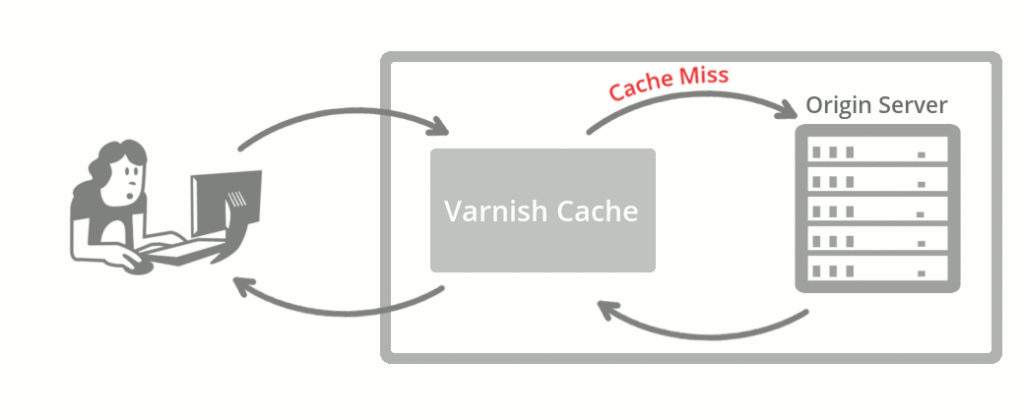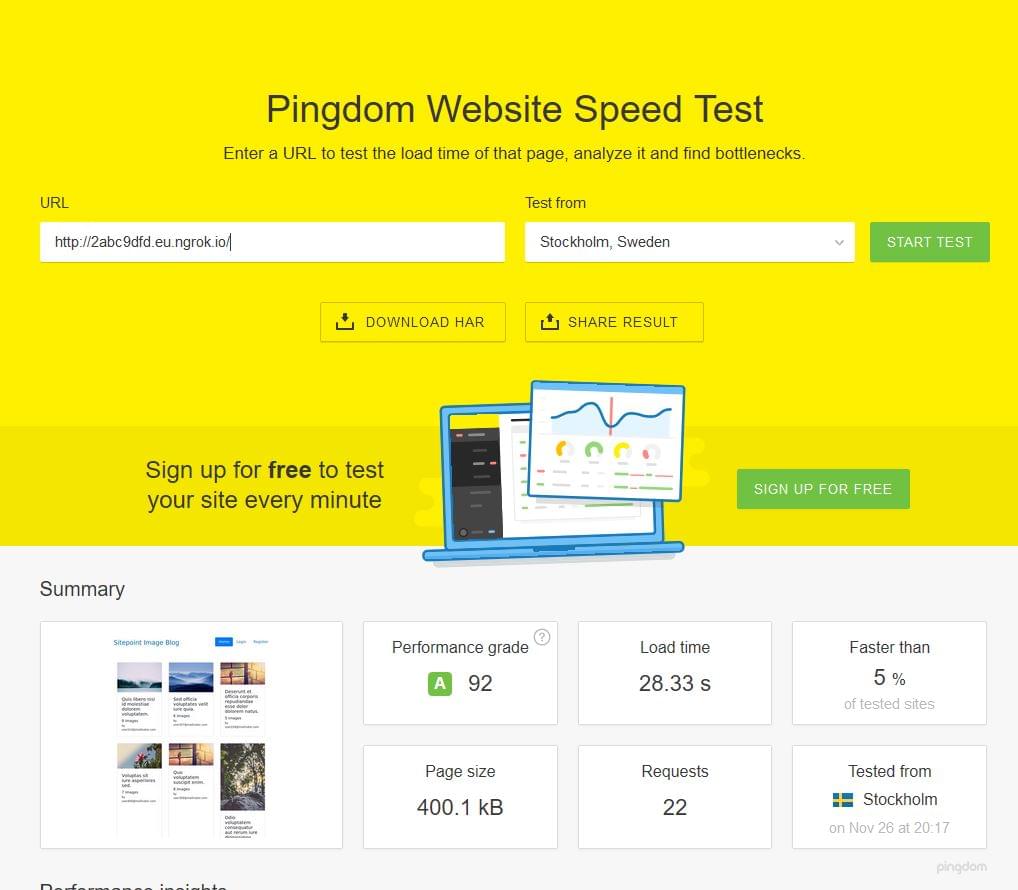Cannot Compose an Essay – How to Create an Essay
Cannot Compose an Essay - How to Create an EssayDid you know you can't ever write an informative article in a straight line? That sounds ridiculous, doesn't it? Well, it is true. You can not compose an essay in a straight line, but it's still possible to find an excellent essay.First of all, exactly what exactly are you going to come up with? Probably something which you are enthusiastic about, or something that you have a particular curiosity about. What about it have you tried to create before? For those who have written a book, or even a magazine article, you are probably knowledgeable about the kind of sentences that you need to create. For those who haven't written some thing similar to that before, you may be wondering if you are likely to think of a few thoughts.The issue wit...







